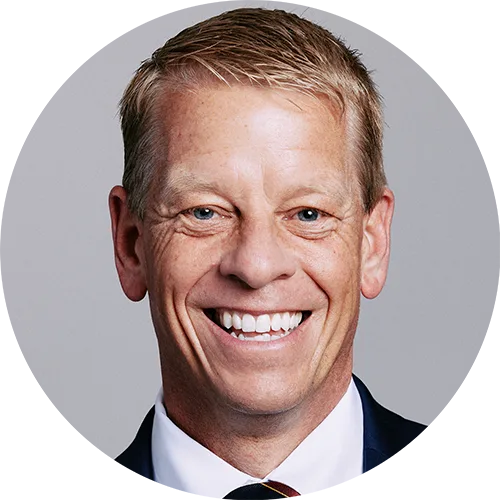Margery Kempe’s Pilgrimage

Margery Kempe is known for her daring travels around the world and her writings about them. Today, Stephen Nichols takes us on the adventures of this English mystic from the Middle Ages.
Margery Kempe was born in Norfolk, in the UK in 1373. She’s known for her book, The Book of Margery Kempe. It chronicles her life with all of its afflictions and struggles, chronicles her mystical visions and conversations with God that she claimed to have had throughout her life, and it also chronicles her remarkable pilgrimages. She was born Margery Burnham. Her father was a merchant and a politician, serving as a mayor and as a member of Parliament. She married John Kempe around 1393. They would go on to have 14 children. It was after the birth of her first son that she had the first of her visions. Margery Kempe would go on to write her book in the 1430s, and she died sometime after 1438, but we don’t know the exact date. As I mentioned, she took pilgrimages, and her longest pilgrimage was made over the years 1413 to 1415. She went all the way to Jerusalem alone.
She made her way first to Venice. This is where all pilgrims to the Holy Land would converge. It was a great port and a gateway to the Mediterranean world. Every visitor to Venice in the Middle Ages had to register. Their name was recorded in a book, and they would be assigned a place to stay until their ship was ready. They were also examined to make sure they had no signs of the black plague. They could exchange money there and they could stock up on provisions while they waited for their passage. And waiting for a ship could take anywhere from weeks to several months. Margery Kempe had to wait in Venice for 13 weeks. Well, finally the day came, and she sailed across the Mediterranean to the port city of Israel, Jaffa. It was about a 1600-mile voyage, and it took slightly over two months to get there.
Once she got to Jaffa, she had more miles to go, 50 miles to go to get to Jerusalem, and she traveled there on a donkey. She visited all the sites, the famous sites of Jerusalem. Of course, they had shrines there and churches built over them. She spent about three weeks in total in Jerusalem, and then she headed back across the Mediterranean, back to Italy this time visiting Assisi and then off to Rome. English pilgrims to Rome in the later Middle Ages stayed at St. Thomas’s Hospice, or the full name of it, the English Hospice of the Most Holy Trinity and St. Thomas. It was founded in 1362. And English pilgrims, well, all pilgrims going to Rome prior to that time, did not always fare so well in Rome. They would be placed in deplorable conditions. Sometimes these places where they would stay would be rat infested.
So this hospice, where Margery Kempe stayed, was safe and clean and didn't have any rats. She spent a great deal of time there in Rome, and she stayed on to celebrate Easter of 1415. Before she left Rome, she headed north out of the Piazza del Popolo through the massive gates, and started off on her 1,250 or so mile pilgrimage home. A long trip in the Middle Ages. Well, in 1417 and 1418, she made yet another pilgrimage this time to holy sites throughout Spain. And then in 1433 to 1434, she made her third and last pilgrimage going back to the continent and pressing all of the way into Prussia before she turned around and made her pilgrimage home. But those latter two pilgrimages were not nearly as long or nearly as epic as that first pilgrimage to Jerusalem and to Rome and home again. This remarkable trip made by foot and by boat, and by donkey in the Middle Ages by the mystic Margery Kempe. That's Margery Kempe’s pilgrimage. And I'm Steve Nichols, and thanks for listening to 5 Minutes in Church History.
Recent Episodes
A Little Church History of a Middle Colony: The First Great Awakening
December 17, 2025|American Church History
A Little Church History of a Middle Colony: Early Influences
December 10, 2025|American Church History
Gunpowder and a Proclamation
December 3, 2025|Geographical Perspectives
Thanksgiving in Church History
November 26, 2025|American Church History
3 Sermons on the Hallelujah Chorus
November 19, 2025|General Church History
Charles Jennens’ Libretto
November 12, 2025|General Church History
